A restaurant’s website is more than just an online menu—it’s a powerful tool for attracting new guests and keeping them coming back.
Your website represents your restaurant when you’re not there to do it yourself. It tells your story, showcases your food and atmosphere, and creates the first impression for potential guests to ultimately decide whether to visit.
It also serves as a central platform that connects all your restaurant marketing efforts—from social media and email campaigns to online reviews and local search visibility.
A well-crafted, optimized, and consistently updated website transforms casual browsers into devoted patrons, significantly boosting your restaurant’s discoverability and fostering long-term customer loyalty.
It should load quickly, function seamlessly on mobile devices, and include compelling content that engages visitors. Optimizing for search engines, including AI-powered search tools, ensures that your restaurant appears when potential guests are searching for dining options. Social proof in the form of guest reviews and testimonials builds trust, while email sign-ups and event updates keep guests engaged.
Your website isn’t just a digital brochure—it’s an active marketing tool that, when optimized properly, continuously brings in new guests and nurtures relationships with existing ones.
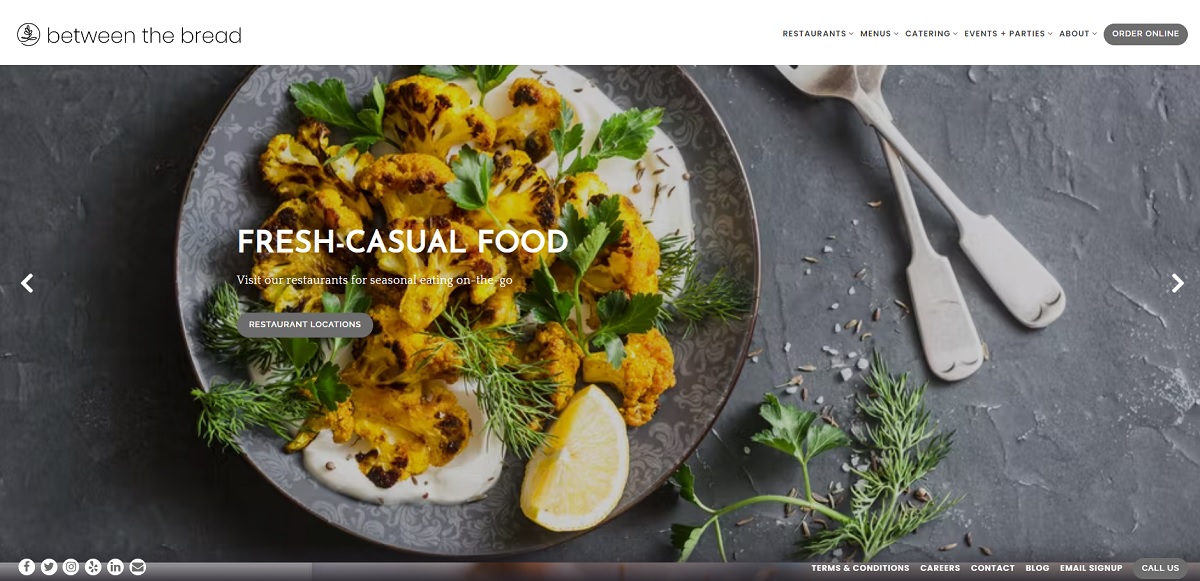
Designing a Website That Attracts Guests
Mobile-Friendly and User-Centric Design
With mobile devices accounting for over 70% of online searches for restaurants (Hitwise, 2023), a restaurant website must prioritize mobile optimization. Guests often search for nearby restaurants while on the go, meaning a clunky, slow-loading website can turn them away before they even step through the door.
Large, easy-to-read fonts, simple menus, and clickable call-to-action buttons—such as “Reserve a Table” or “Order Now”—create a frictionless experience.
A well-structured website ensures that visitors can find what they need quickly, whether it’s your address, phone number, menu, or business hours.
Optimized for Search Engines and AI-Powered Search
Ranking high in search engine results is critical for restaurant visibility. Google’s algorithm prioritizes websites that load quickly, offer a good user experience, and include relevant keywords.
Optimizing your site for search engines (SEO) ensures that potential guests find your restaurant when searching for “best Italian restaurant near me” or “brunch spots in [city].”
But as technology evolves, so do search habits. Voice search and AI-powered tools like ChatGPT are becoming increasingly popular. Optimizing for these trends means focusing on natural language and conversational queries.
By incorporating long-tail keywords and answering common questions on your website, you can position your restaurant to appear in these results.
Tools like ChatGPT, Claude, and Siri process natural language queries, meaning your website should contain well-structured, conversational content.
Instead of listing only “handmade pasta,” include phrasing such as “We make our pasta fresh every morning using locally sourced ingredients.” These details help AI-powered searches deliver better results, increasing your chances of appearing in recommendations.
Enhancing Local Search Visibility
Since most restaurant searches are local, ensuring that your website appears in local results is essential.
Google Business Profile integration helps potential guests find your restaurant easily. Keeping business details updated—such as your name, address, phone number, and operating hours—ensures accuracy across search engines and maps.
Embedding an interactive map and click-to-call phone number on your website also makes it easier for guests to reach you.
The goal is to eliminate any barriers between a visitor discovering your restaurant and walking through your doors.
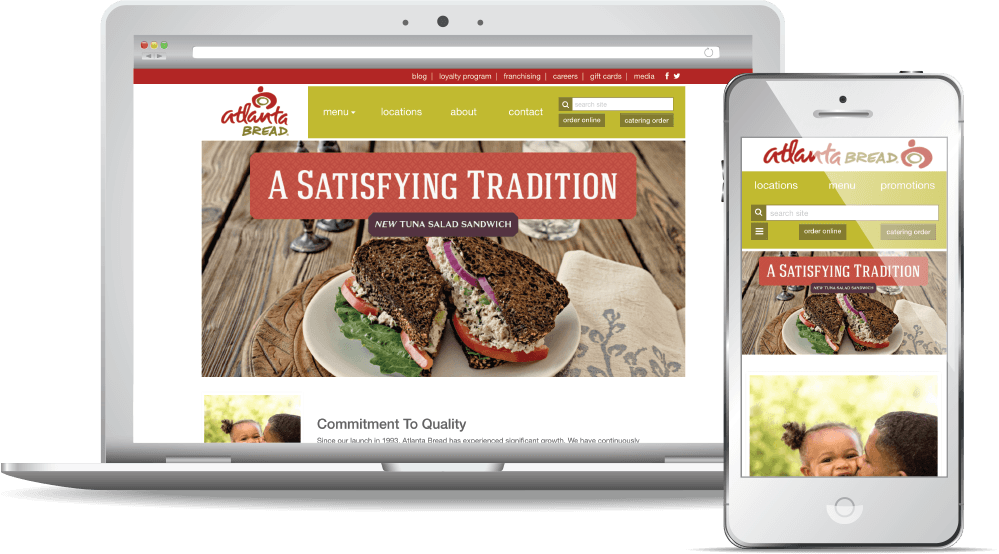
Building Trust with Social Proof
Showcasing Guest Reviews and Testimonials
Building trust and credibility is essential for converting visitors into customers. Leverage social proof by prominently displaying guest reviews and testimonials.
Online reviews heavily influence dining decisions. According to BrightLocal’s 2023 Consumer Review Survey, 87% of consumers read online reviews before visiting a business.
A restaurant website should prominently feature guest testimonials, Google reviews, and/or Yelp ratings to build credibility.
Instead of relying solely on third-party platforms, integrating real-time review feeds directly on your website keeps potential guests engaged. Highlighting reviews with images of happy guests enjoying their meals adds authenticity.
Bloom Intelligence can provide this for you, aggregating and displaying reviews from Google, Facebook, TripAdvisor, Yelp, and the Bloom platform. This is part of its restaurant reputation management tools which use AI to respond automatically to all guest reviews.
Restaurants can also include short video testimonials or user-generated content from social media to further establish trust.
High-Quality Imagery and an Engaging Menu
A restaurant’s website should make visitors hungry. High-quality food photography plays a crucial role in enticing potential guests.
Dimly lit or poorly shot images fail to showcase the quality of the food, while professional, well-lit photos highlight textures, colors, and presentation.
Menus should be easy to access and regularly updated. Avoid forcing guests to download PDFs, as they often load slowly and create frustration.
Instead, display menu items with descriptions and pricing in an interactive format. Highlighting bestsellers, seasonal specials, and dietary options can help guide guests toward making a reservation.
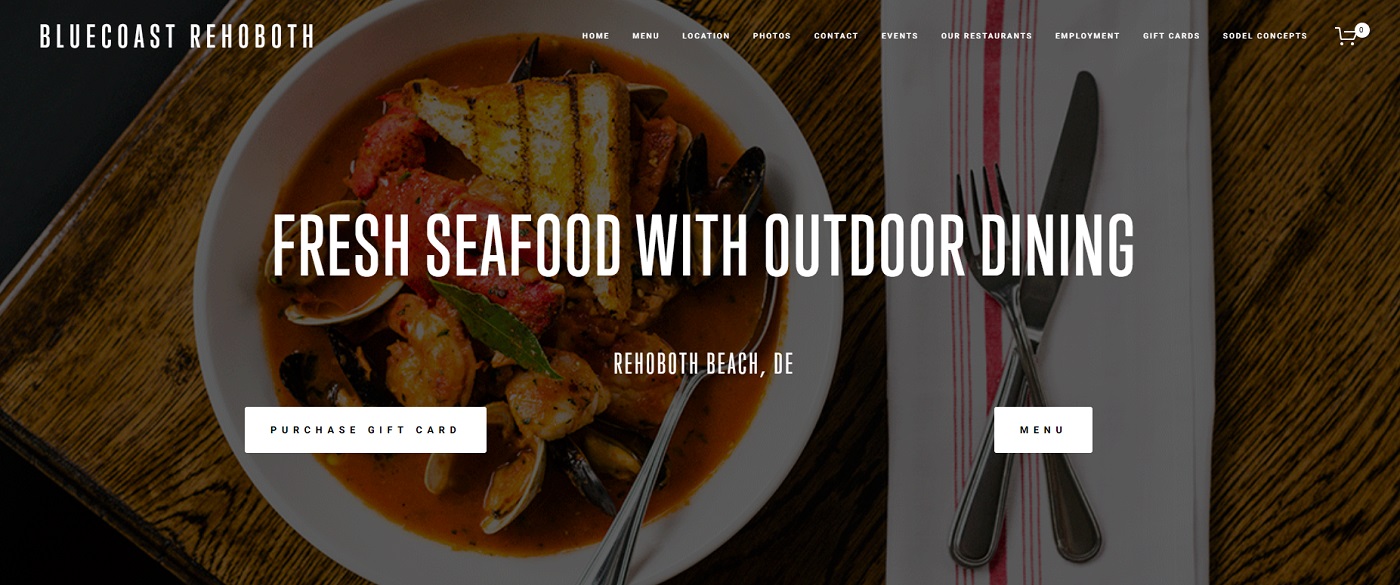
Turning Visitors into Returning Guests
Attracting new guests marks only half the battle; you want them to return again and again. Your website plays a pivotal role in nurturing that loyalty.
Encouraging Email Sign-Ups and Loyalty Program Enrollment
A restaurant’s website should do more than just attract visitors—it should convert them into long-term guests. An easy-to-find email sign-up form helps capture guest information, allowing restaurants to nurture relationships through promotions, event announcements, and exclusive offers.
In addition, adding website sign-ups to a Restaurant Customer Data Platform (CDP), like Bloom Intelligence, ensures that guest data is collected, organized, and used effectively.
A CDP enables restaurants to track dining preferences, behavior data, and demographic data, allowing for highly personalized marketing campaigns. Guests who receive tailored offers—such as a free appetizer on their birthday/anniversary or a discount on their favorite dish—are much more likely to return.
In fact, according to HubSpot (2023), personalized email campaigns generate 6 times higher transaction rates than generic ones.
With website data collection like email signups, your website becomes a gateway to those connections.
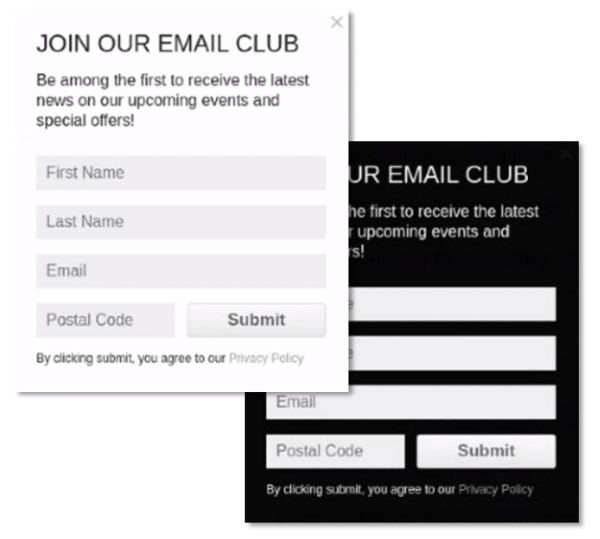
Keeping Content Fresh with Events and Blog Updates
A static website won’t keep guests engaged. Regularly updating content with events, blog posts, and seasonal specials gives visitors a reason to return.
For instance, if your restaurant hosts live music, wine tastings, or holiday dinners, promote these events on the homepage and create a dedicated event calendar.
A restaurant blog can also boost SEO while keeping guests informed. Writing about behind-the-scenes stories, local sourcing partnerships, or chef interviews adds personality to the brand.
Content that provides value—such as “5 Perfect Wine Pairings for Steak” or “How We Make Our Signature Sauce”—establishes the restaurant as an authority in the industry and builds guest loyalty.
These updates give guests a reason to check back frequently, reinforcing their bond with your brand.
Seamless Reservation and Online Ordering Integration
Online ordering and restaurant reservations should be simple and intuitive. Integrate a reservation platform like OpenTable, Resy, or Tock directly into your website and make this option prominent on every page.
If you offer takeout or delivery, integrate a restaurant online ordering system directly into your website rather than relying solely on third-party platforms. This keeps more revenue in-house and helps populate your CDP.
Clear calls-to-action (CTAs) guide visitors toward the next step. A prominent “Reserve a Table” button or “Order Online” link removes friction, making it easy for guests to commit.
A restaurant’s website should connect effortlessly with social media platforms. Embedding Instagram feeds, TikTok videos, or Facebook event links encourages engagement and provides more social proof.
Guests are more likely to visit a restaurant when they see real diners enjoying their meals and sharing their experiences.
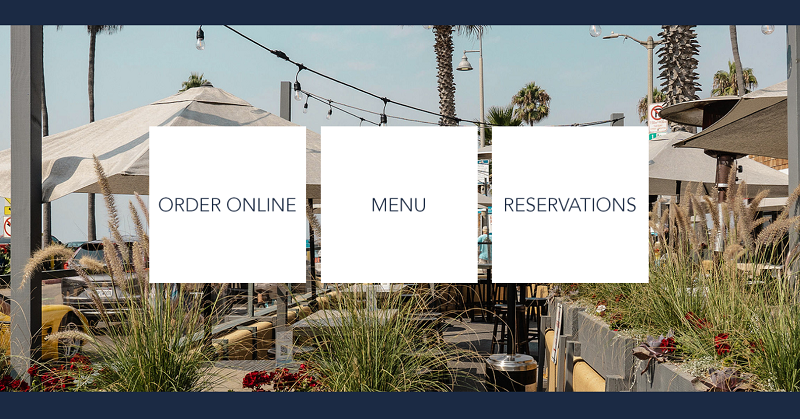
Summing It Up
A well-optimized website serves as a restaurant’s digital hub, continuously attracting new guests while keeping regulars engaged.
By ensuring mobile-friendliness, optimizing for both traditional and AI-powered search, and integrating local SEO strategies, restaurants can maximize online visibility.
Trust-building elements such as guest reviews, high-quality images, and engaging content encourage visitors to dine in. Email sign-ups, event updates, and loyalty programs foster long-term relationships, ensuring that guests return time and time again.
Investing in a dynamic, user-friendly website isn’t just about having an online presence—it’s about driving real-world results. A restaurant that prioritizes its digital experience will not only attract more guests but will also keep them coming back for years to come.
Your restaurant’s website holds immense potential to grow your business. Think of it as more than a digital brochure. It’s your 24/7 ambassador, working tirelessly to fill your tables.
When a guest lands on your site and books a reservation, then returns a month later for a special event they saw announced there, you’ve won.
In an industry where cutthroat competition lurks around every corner, a well-crafted website doesn’t just keep you in the game—it puts you ahead. Invest in it wisely, and you’ll reap the rewards for years to come.
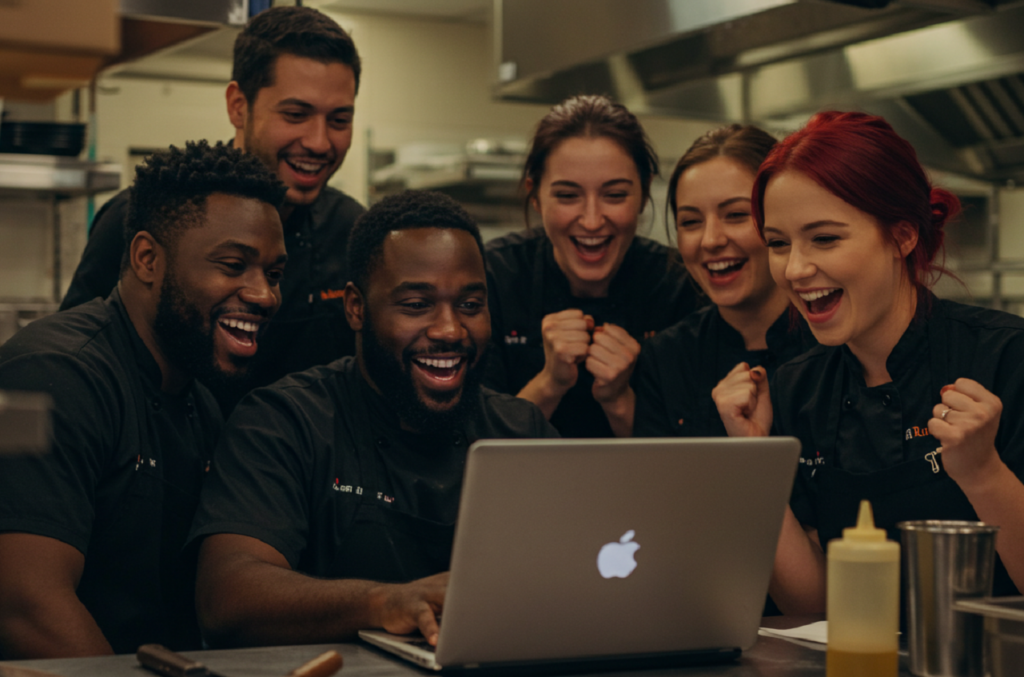
Discover Bloom Intelligence
Bloom Intelligence is an AI-powered restaurant marketing platform. It includes a powerful customer data platform, website integrations, automated guest data collection, one-click audience segmentation, marketing automation via email and SMS, reputation management, and reporting tools.
Data is collected from sources like WiFi logins, online reservation systems, online ordering platforms, POS systems, website forms, social media, and more. This makes it simple to analyze and segment your guest personas for your restaurant’s digital marketing and operations decisions. And it makes it very easy to showcase social proof on your website.
Bloom makes guest data collection effortless, which allows you to quickly execute the strategies listed above, saving you time, increasing customer lifetime values, attracting new guests, improving your reputation, and boosting your bottom line.
Call us or schedule a free demo online and Bloom will show you how our restaurant marketing platform can help you save time and increase your customer lifetime values by automatically building first-party customer databases, unlocking important guest insights to trigger automated marketing at the right time and place, discover true guest sentiment, save at-risk guests, increase your current guests’ frequency, supercharge your website, and find new guests.
Click Here to Schedule a Free Online Demo, or call 727-877-8181 to see how we can help you save time and drive tangible results for your restaurants.




.svg)